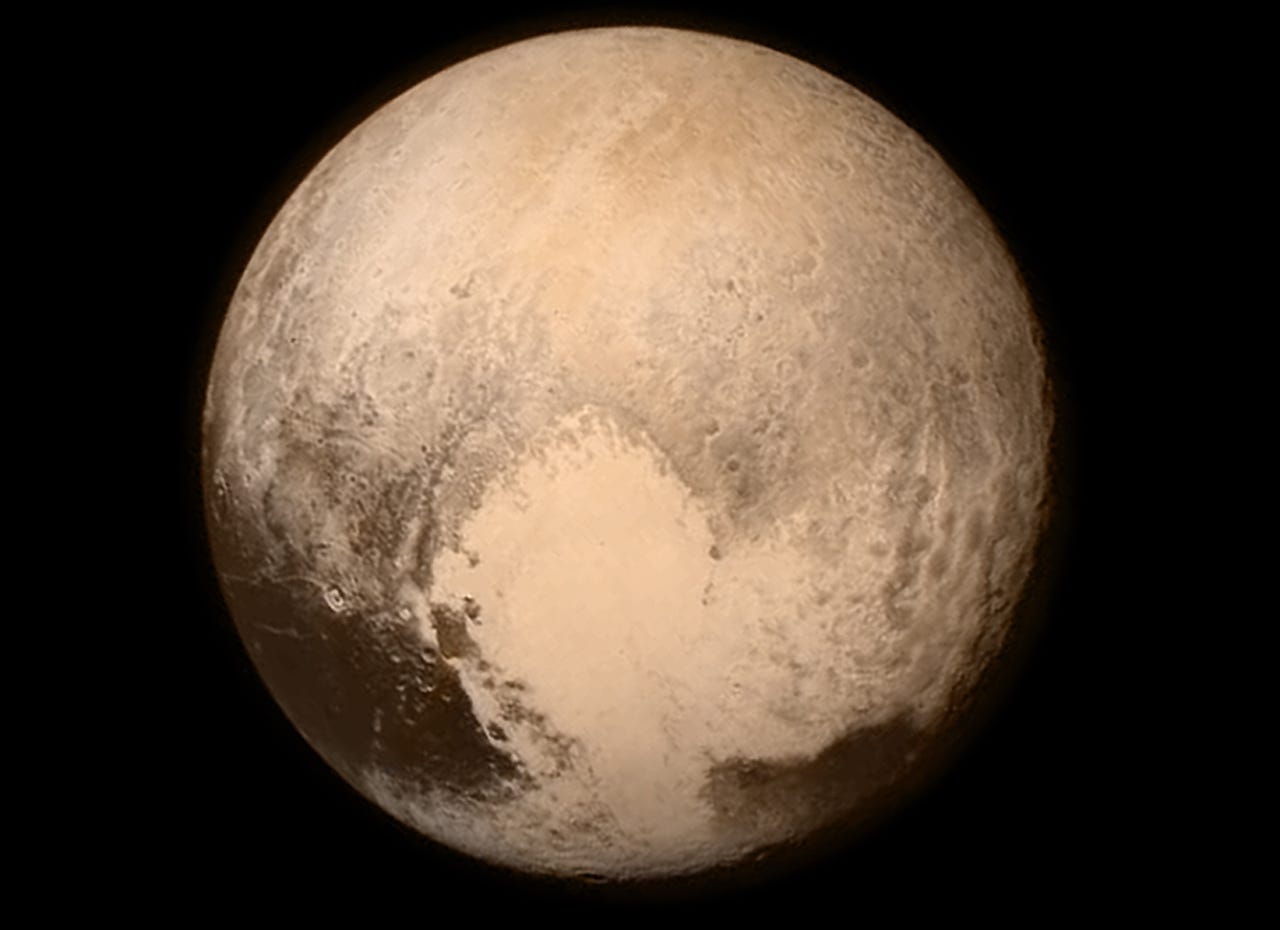Digital deluge: 12 NASA missions that keep delivering the 'Big' in data


New Horizons
Earlier this month, when NASA's New Horizons spacecraft passed about 7,750 miles above the surface of Pluto, it joined the space agency's many dozens of other far-flung unmanned probes that are already gathering a combined 30 terabytes of data daily. (NASA estimates that New Horizons will collect 5,000 times as much data as the Mariner 4 mission did 50 years ago. ) Of the more than one thousand missions that NASA has sent into Earth's orbit and beyond, several dozen continue to gather and transmit data back to earth. Here are a few of the more notable missions.
Advanced Composition Explorer
Launched in August 1997 , the Advanced Composition Explorer (ACE) orbits the L1 libration, which is a point of Earth-Sun gravitational equilibrium about 1.5 million km from Earth and 148.5 million km from the Sun. This location gives ACE a prime view of the solar wind, interplanetary magnetic field and higher energy particles accelerated by the Sun.
STEREO
STEREO (Solar TErrestrial RElations Observatory), which left Earth in October 2006, consists of two nearly identical observatories - one ahead of Earth in its orbit, the other trailing behind - that trace the flow of energy and matter from the Sun to Earth. STEREO has revealed violent eruptions of matter from the Sun that can disrupt satellites and power grids.
Lunar Reconnaissance Orbiter
The Lunar Reconnaissance Orbiter, launched June 2009, is studying the lunar surface to help NASA decide where to put a future human colony on the Moon.
Curiosity Mars rover
Mars plays host to five active space missions. This March 2015 view from the Mast Camera on NASA's Curiosity Mars rover shows a network of two-tone mineral veins at an area called "Garden City" on lower Mount Sharp.
Dawn
The Dawn spacecraft orbited and explored Vesta, the second-largest protoplanet of the main asteroid belt between Mars and Jupiter, in 2011-2012. Dawn is currently in orbit around the belt's biggest body, Ceres, as shown in this artist's impression.
Messenger
Active until just a few months ago, Messenger launched in August 2004 and arrived in orbit around the solar system's innermost planet in March 2011. Messenger's mission ended in April of this year when the probe ran out of fuel and crashed into Mercury's already crater-riddled surface.
Cassini
Cassini was launched in October 1997 and reached Saturn orbit in July 2004. The spacecraft -- a joint venture of NASA, the European Space Agency, and the Italian space agency -- has been studying Saturn, its rings and the planet's many moons ever since. In January 2005, the probe also delivered the Huygens lander to the surface of Titan, Saturn's largest moon.
Hubble Space Telescope
The Hubble Space Telescope, launched in 1990, is one of NASA's most successful and long-lasting missions. Its hundreds of thousands of images -- such as the above of spiral galaxy M74 -- have helped determine the age of the universe, the identity of quasars, and the existence of dark energy.
Voyager 1 and 2
NASA's twin Voyager probes launched in 1977 to study Saturn, Jupiter and their moons. Voyager 2 is the only human-made object to have flown by Neptune (pictured). Voyager 1 left the solar system in 2012, and its next milestone will be the fly-by of another star — in 40,000 years.
Juno
Next to join the data deluge: Juno (the second spacecraft designed under NASA's New Frontiers Program, the first was the Pluto New Horizons mission) launched in August 2011 and is scheduled to arrive at Jupiter in August 2016. This artist's rendering shows Juno making a close pass over Jupiter.
Square Kilometre Array
Meanwhile, back on Earth: The Square Kilometre Array telescope, scheduled to open in Australia and South Africa in 2016, will combine the signals received from thousands of small antennas spread over a distance of more than 3000 km. As much as 700TB/second of data will flow from the Square Kilometre Array.